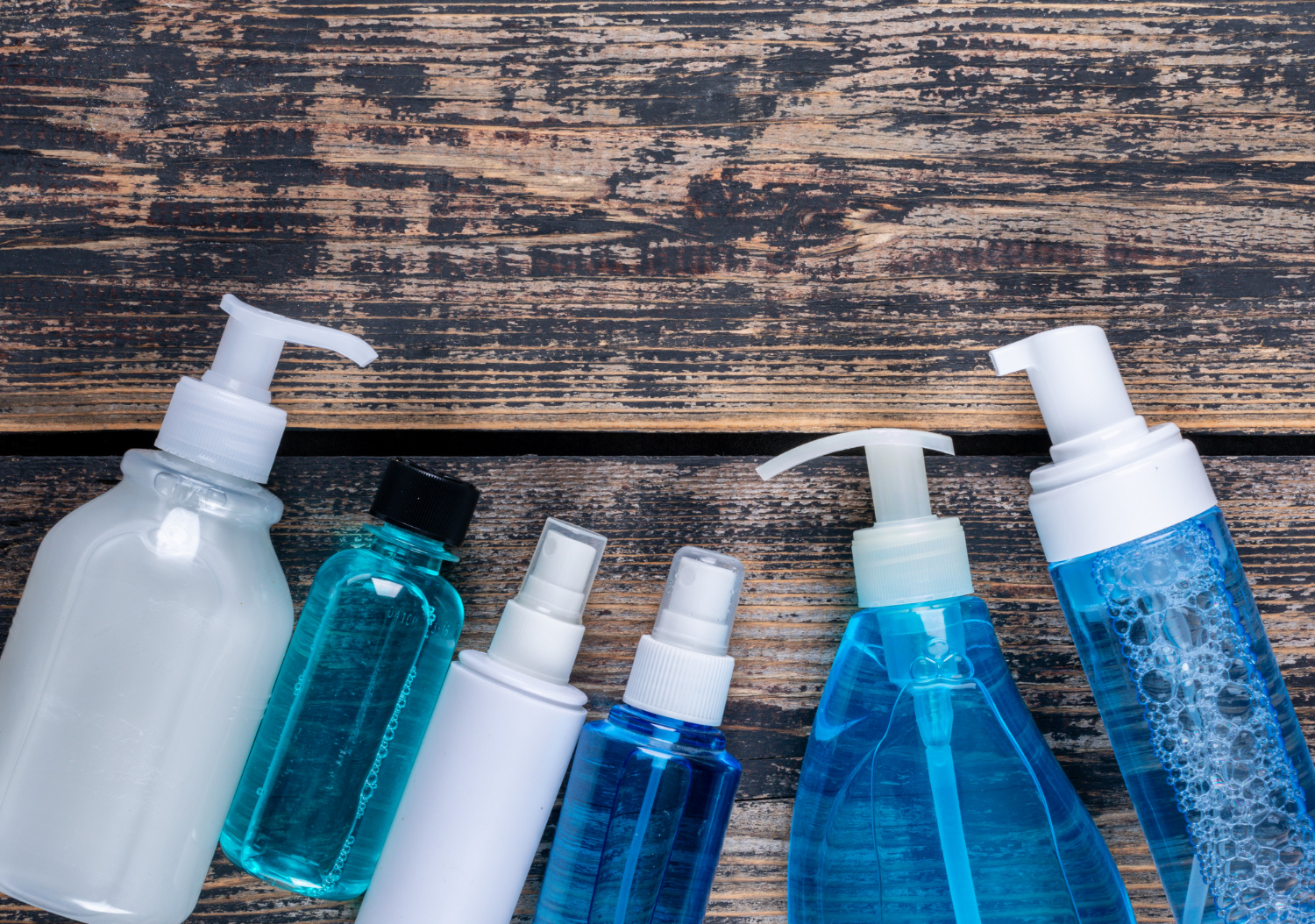Packaging materials – basic plastics and their applications

Basic polymers – PE, PP, PET
Polyethylene (PE) remains the king of packaging due to its versatility and availability. HDPE (high-density polyethylene) is known for rigidity and chemical resistance, making it ideal for bottles for detergents, cosmetic packaging, and household chemical containers. LDPE (low-density polyethylene) offers flexibility and transparency, dominating the production of films, bags, and tubes. The average PE price in 2025 remains stable thanks to advanced recycling.
Polypropylene (PP) stands out with its high melting point and excellent barrier properties. It is used in caps, ready-meal packaging, and cosmetics requiring sterilization. PP is also characterized by low density, reducing transport costs.
PET (polyethylene terephthalate) is the material of choice for beverages and premium cosmetics. The 2025 raw material crisis limited the availability of virgin PET, pushing the market toward rPET (recycled PET) and BIO-PET. PET prices rose by 40% compared to 2023, accelerating the adoption of alternatives.
Specialist and problematic plastics
PVC (polyvinyl chloride), despite environmental controversies, is still used in pharmaceutical blisters and packaging requiring high transparency. EU legislative restrictions are gradually phasing PVC out of consumer packaging.
PS (polystyrene), mainly used in protective packaging and disposable containers, is losing importance due to recycling difficulties. ABS (acrylonitrile butadiene styrene), valued for mechanical strength and surface aesthetics, dominates in luxury cosmetics and electronics packaging. PCR-ABS (post-consumer recycled) is gaining popularity as an alternative maintaining mechanical properties.
PETG (polyethylene terephthalate glycol) combines glass-like transparency with impact resistance, making it ideal for premium packaging requiring product visibility. Its UV barrier and chemical resistance make it popular in pharmaceuticals and high-end cosmetics.
Biopolymers and future materials
PLA (polylactic acid) is leading the revolution in biodegradable packaging. Produced from corn or sugarcane, it decomposes in industrial composting conditions. Its limitations are sensitivity to temperature and moisture, but modified versions of PLA are gradually overcoming these drawbacks. PLA prices fell by 25% in 2025 thanks to scale-up production, making it competitive with traditional plastics.
PHA (polyhydroxyalkanoates), produced by microorganisms, offer full biodegradability in marine environments. High production costs limit their use to the premium segment, but biotechnology investments promise price reductions in the coming years.
PBS (polybutylene succinate) combines biodegradability with properties similar to PE, finding applications in films and flexible packaging. Innovative composites of natural fibers (hemp, flax) reinforced with biopolymers are creating a new category of carbon-neutral materials.
Polymers, recycling, and biotechnology – the current market landscape
The packaging materials market in 2025 is undergoing dynamic transformation. Traditional polymers like PE and PP maintain dominance, but the growing share of recycled and bio-based materials is reshaping the industry landscape. The virgin PET supply crisis accelerated innovation in alternative materials. Packaging manufacturers must balance cost, functionality, and environmental requirements.